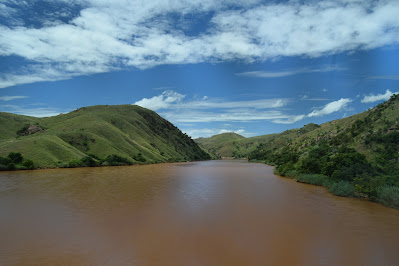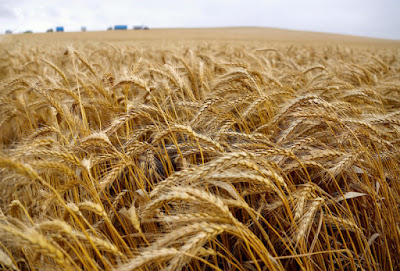Carbon Dioxide Removal - NETS

Carbon Dioxide Removal (CDR) is a term used to refer to the removal or absorption of carbon from the air and storing it away safely. Climate change mitigation is the reduction, avoidance or removal of greenhouse gas emissions. CDR therefore encompasses forestry and the climate services of all green plants as well as the use of negative emission technologies. When done mechanically, CDR is carried out through artificial (manmade) means. In a more in-depth way, these methods are known as negative emission technologies (NETS), because they absorb carbon from the air without re-releasing it. Thus they are “negative”. The goal of the Paris Agreement is to keep warming below 2 degrees above preindustrial levels this century and better still 1.5. To attain 1.5 degrees, emissions will have to reach “net zero” to mean that the amounts released into the atmosphere equal the amounts likewise removed. This should happen by 2050. From then on, in the second half of the 21 st century, the wor

